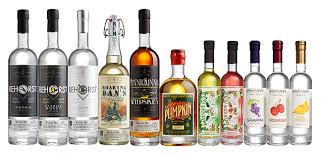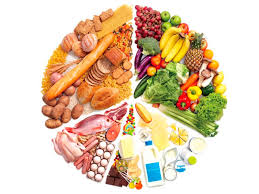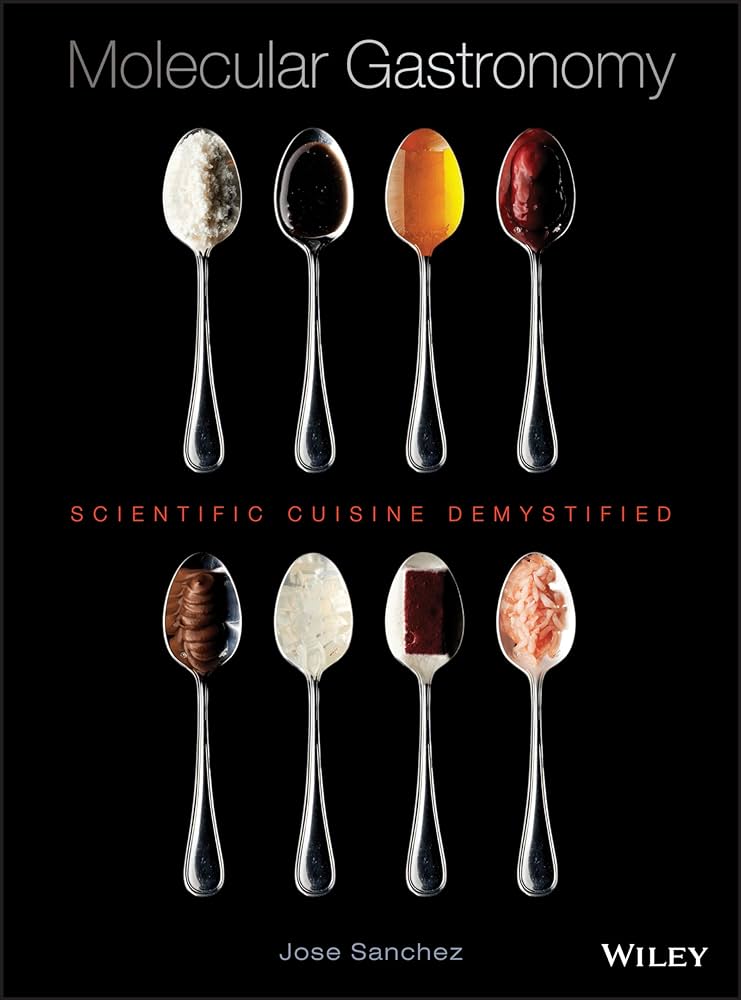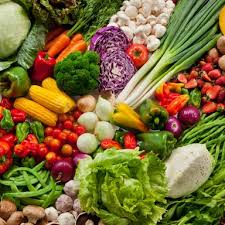Mini Sheet: This is Belgium 4th Issue - Gastronomy (Belgium 2006)
This is Belgium 4th Issue - Gastronomy (Belgium 2006)
19 November (Belgium ) within release This is Belgium goes into circulation Mini Sheet This is Belgium 4th Issue - Gastronomy face value 10*0.46 Euro
| Mini Sheet This is Belgium 4th Issue - Gastronomy in catalogues | |
|---|---|
| Belgium: | Bel: BE BL137ND |
Mini Sheet is vertical format.
Also in the issue This is Belgium:
- Mini Sheet - Bloc This is Belgium 4th Issue - Good Food face value 4.60;
- Stamp - This is Belgium 4th Issue - Shrimp tomato face value 0.46;
- Stamp - This is Belgium 4th Issue - Trappist beer face value 0.46;
- Stamp - This is Belgium 4th Issue - Jenever (Gin) face value 0.46;
- Stamp - This is Belgium 4th Issue - Chicory face value 0.46;
- Stamp - This is Belgium 4th Issue - Ham and Sausage face value 0.46;
- Stamp - This is Belgium 4th Issue - Waffles face value 0.46;
- Stamp - This is Belgium 4th Issue - Eel in green face value 0.46;
- Stamp - This is Belgium 4th Issue - Chocolate face value 0.46;
- Stamp - This is Belgium 4th Issue - Mussels Chips face value 0.46;
- Stamp - This is Belgium 4th Issue - Geuze beer face value 0.46;
- Mini Sheet - This is Belgium 4th Issue - Gastronomy face value 10*0.46;
Mini Sheet This is Belgium 4th Issue - Gastronomy it reflects the thematic directions:
Beer is one of the oldest alcoholic drinks in the world, the most widely consumed, and the third most popular drink after water and tea
A drink or beverage is a liquid intended for human consumption. In addition to their basic function of satisfying thirst, drinks play important roles in human culture. Common types of drinks include plain drinking water, milk, juice, smoothies and soft drinks. Traditionally warm beverages include coffee, tea, and hot chocolate. Caffeinated drinks that contain the stimulant caffeine have a long history.
First attested in 14th century. From the English word bottle derives from an Old French word boteille, from vulgar Latin butticula, from late Latin buttis ("cask"), a latinisation of the Greek βοῦττις (bouttis) ("vessel"
Candy, alternatively called sweets or lollies, is a confection that features sugar as a principal ingredient. The category, also called sugar confectionery, encompasses any sweet confection, including chocolate, chewing gum, and sugar candy. Vegetables, fruit, or nuts which have been glazed and coated with sugar are said to be candied
Liquor (/ˈlɪkər/ LIK-ər) is an alcoholic drink produced by the distillation of grains, fruits, vegetables, or sugar that have already gone through alcoholic fermentation. Other terms for liquor include: spirit, distilled beverage, booze, spirituous liquor or hard liquor. The distillation process concentrates the liquid to increase its alcohol by volume.As liquors contain significantly more alcohol (ethanol) than other alcoholic drinks, they are considered "harder." In North America, the term hard liquor is sometimes used to distinguish distilled alcoholic drinks from non-distilled ones, whereas the term spirits is more commonly used in the UK. Some examples of liquors include vodka, rum, gin, and tequila. Liquors are often aged in barrels, such as for the production of brandy and whiskey, or are infused with flavorings to form flavored liquors, such as absinthe.
Food is any substance consumed by an organism for nutritional support. Food is usually of plant, animal, or fungal origin and contains essential nutrients such as carbohydrates, fats, proteins, vitamins, or minerals. The substance is ingested by an organism and assimilated by the organism's cells to provide energy, maintain life, or stimulate growth. Different species of animals have different feeding behaviours that satisfy the needs of their metabolisms and have evolved to fill a specific ecological niche within specific geographical contexts.
Gastronomy is the study of the relationship between food and culture, the art of preparing and serving rich or delicate and appetizing food, the cooking styles of particular regions, and the science of good eating. One who is well versed in gastronomy is called a gastronome, while a gastronomist is one who unites theory and practice in the study of gastronomy. Practical gastronomy is associated with the practice and study of the preparation, production, and service of the various foods and beverages, from countries around the world. Theoretical gastronomy supports practical gastronomy. It is related with a system and process approach, focused on recipes, techniques and cookery books. Food gastronomy is connected with food and beverages and their genesis. Technical gastronomy underpins practical gastronomy, introducing a rigorous approach to evaluation of gastronomic topics
Vegetables are parts of plants that are consumed by humans or other animals as food. The original meaning is still commonly used and is applied to plants collectively to refer to all edible plant matter, including the flowers, fruits, stems, leaves, roots, and seeds. An alternative definition of the term is applied somewhat arbitrarily, often by culinary and cultural tradition. It may exclude foods derived from some plants that are fruits, flowers, nuts, and cereal grains, but include savoury fruits such as tomatoes and courgettes, flowers such as broccoli, and seeds such as pulses.








